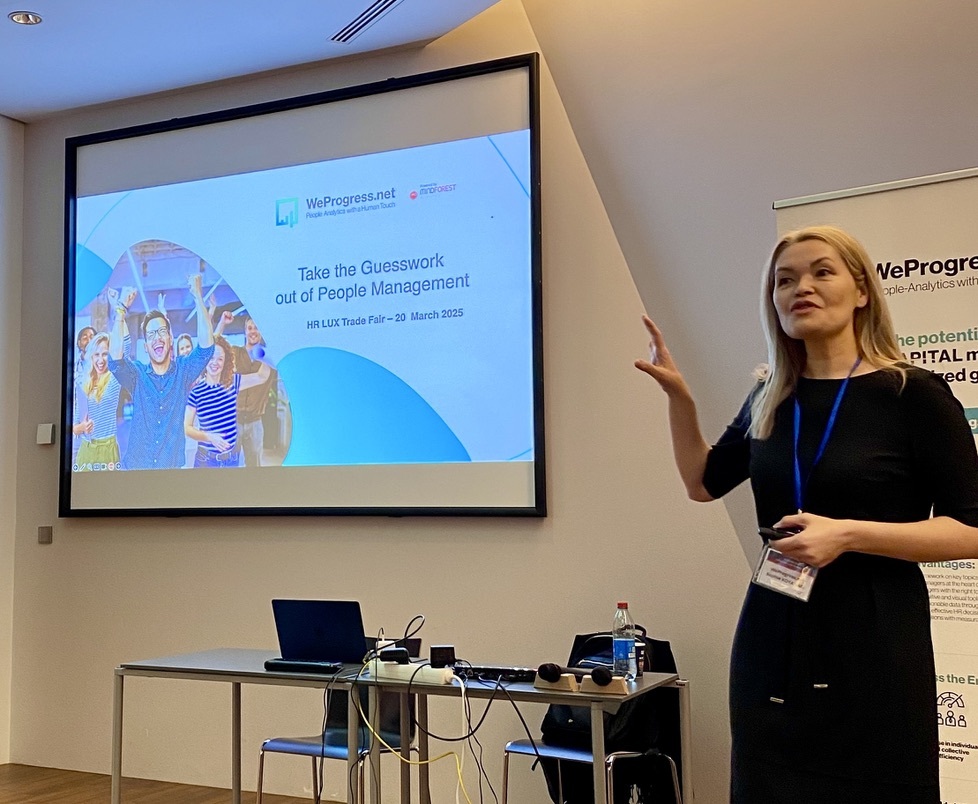The 5 phases of Change Management
A lot of change and little success
Change in organisations has become a permanent reality: it is estimated that today employees undergo an average of 3 changes simultaneously. Despite this considerable number of changes, according to research[1] by McKinsey & Company, 70% of them still fail!
But why are there still so many failures when many project management methods exist and have been proven to work?
Human support, a key success factor
One of the reasons for this is the lack of support for “people” during the transformation period.
Indeed, the impact of the project on employees is rarely taken into account or analysed. The need for human support for the project is most often overlooked by project managers or carried out too late, when resistance has already become significant and risks slowing down the project for example.
Project management ≠ change management
On the one hand, project management is about ensuring that the project delivers the expected results in terms of budget, quality and time.
In this respect, change management is also a key factor in successful project management. It comprises the human aspect of accompaniment and aims to encourage employees to accept, take ownership of and then adopt to the change over time.
Just as project management has its own methodologies, change management also has its own structured methods.
It is important that project management and change management (or support) are carried out simultaneously from the start of the project.
Manage your change in 5 stages
During this first phase, the scope of the project is defined by asking why the change is necessary, what is at stake, the context in which it will take place, the stakeholders involved and the impact of the change. It is also during this phase that your company’s capacity for change will be assessed.
This phase enables us to lay a solid foundation for effective support of the change project.
Depending on the outcome of the first phase, you will be able to plan actions to support your employees in the change. These actions may take the form of communication to inform employees about the project, to help them understand the change and what is expected of them, to get them to support and participate in the project. But change management is not limited to communication, training sessions can be organised, support measures such as coaching or workshops, participative workshops, etc. All these actions will be developed during this planning phase.
If the first two phases have been successfully completed, all you need to do now is implement the support plan. This is the operational phase of the project.
However, effective management of a change project requires a certain level of agility, you must remain flexible in order to be able to respond to emerging needs or difficulties. It is indeed difficult to plan for something that is inevitable in a change project: resistance.
By taking into account feedback from the field and analysis of this resistance, you will be able to adapt your measures accordingly, whilst always keeping in mind the project objectives and involving the relevant stakeholders.
This phase will enable you to ensure that your support actions are producing the desired effects and contributing to the success of the project. If this is not the case, new corrective measures will have to be introduced to encourage ownership and commitment as a means of anchoring the change in a sustainable way with your employees.
This final phase will allow you to take stock of your experience, to step back from the project and to draw conclusions for future support. Communication at the end of the project also constitutes an opportunity to thank all the contributors and to maintain team commitment levels.
“Any change is difficult at the beginning, complicated in the middle and beautiful at the end”
Robin Sharma
Now it’s your turn!
The human aspect of change is still too often neglected. Before starting a project, always ask yourself the question, what will happen if the employees do not change their behaviour? If your project is very dependent on employees, you will have to invest more in supporting them with the right tools.
By putting these 5 phases of change into practice, you will be able to carry out your projects successfully, both from a technical and a human point of view.
Embark on your change journey today
[1] Why do most transformations fail? A conversation with Harry Robinson, by McKinsey & Company – July 2019 (accessed on 23/02/2021) [2] Header Photo by Ross Findon on Unsplash
WANT TO RECEIVE OUR LATEST THOUGHT LEADERSHIP CONTENT?
Related posts
 Take the Guesswork out of People Management
Take the Guesswork out of People Management
 From processes to people: achieving quality
From processes to people: achieving quality
 Daring to lead Positive Transformation: What if Positive Emotional Capital was your key to sustainable change?
Daring to lead Positive Transformation: What if Positive Emotional Capital was your key to sustainable change?
 Why hire Change management professionals? We can do it alone!
Why hire Change management professionals? We can do it alone!
 Digital Transformation and Change Management: Lessons shared in an event hosted by Cebi and MindForest
Digital Transformation and Change Management: Lessons shared in an event hosted by Cebi and MindForest



